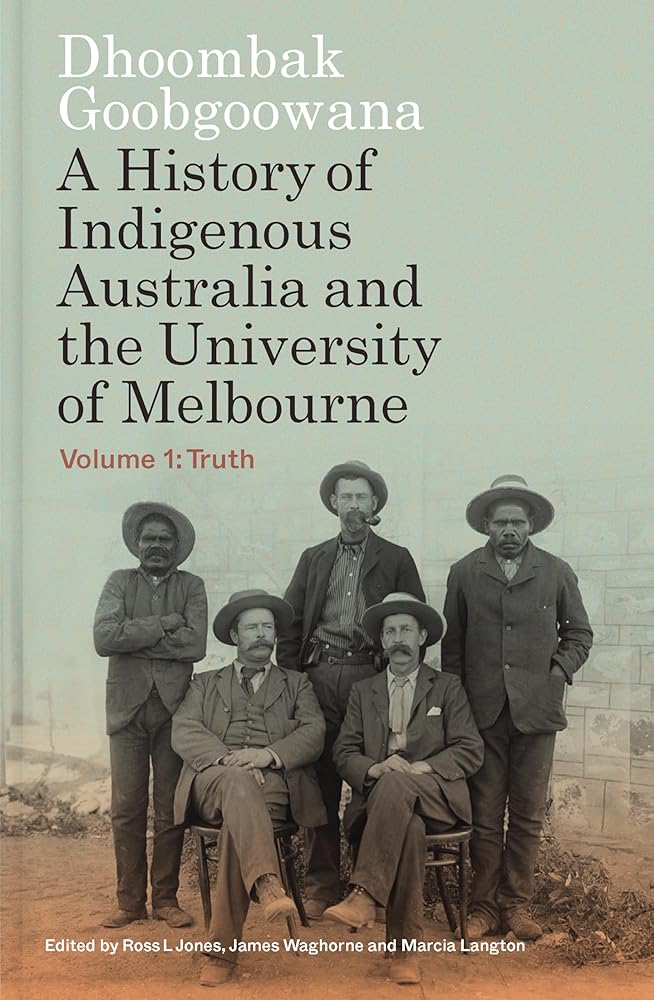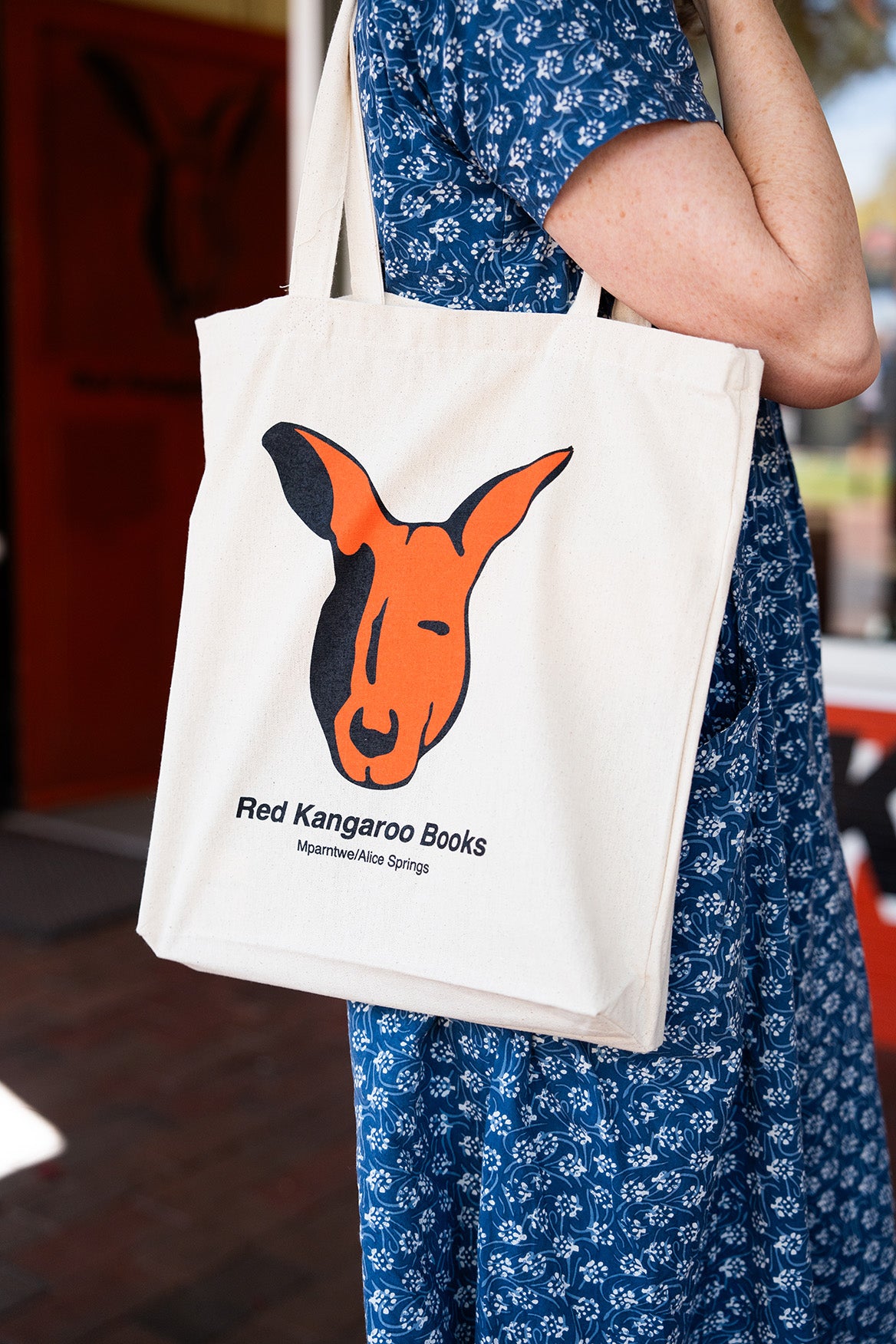
Dhoombak Goobgoowana: A History of Indigenous Australia and the University of Melbourne - Volume 1: Truth by Marcia Langton, James Waghorne, Ross L Jones

Melbourne's oldest university confronts its long, complex and troubled relationship with the Indigenous people of Australia
Dhoombak Goobgoowana acknowledges and publicly addresses the long, complex and troubled relationship between the Indigenous people of Australia and the University of Melbourne. It is a book about race and how it has been constructed by academics in the University. It is also about power and how academics have wielded it and justified its use against Indigenous populations, and about knowledge, especially the Indigenous knowledge that silently contributed to many early research projects and collection endeavours.
By appropriating Wurundjeri land for its buildings, and accepting donations drawn from the proceeds of colonisation of Indigenous Country, the University of Melbourne advertised its superiority as a whole institution to Indigenous people. Within its buildings, academics and students explored a worldview that effectively banished Indigenous knowledge and culture.
The University has supported injustices called progress, half-truths presented as facts, and prejudices pretending at objectivity. It follows the failings of many biographies and institutional histories that excluded race from their stories of achievement, overlooking how racist ideas complicated and shaped their narratives. Although many things have changed, the stain of the past remains. But the University no longer wishes to look away.
Dhoombak Goobgoowana can be translated as 'truth-telling' in the Woi Wurrung language of the Wurundjeri Woi Wurrung people on whose unceded lands several University of Melbourne campuses are located.
The cover photograph shows the members of a 1901 expedition through central Australia led by Frank Gillen (seated, left) and Baldwin Spencer (seated, right). To the rear stands mounted constable Harry Chance. Beside these white men are two Arrernte men, Erlikilyika (to the left) and Purunda (to the right). This image has been chosen to represent the unacknowledged participation of Indigenous people in the activities of academics in the University's history. The uncredited work of Erlikilyika as interpreter of both language and culture informed many of the conclusions of the white ethnographers and the anthropologists who followed. The expedition would have been impossible without the knowledge of these Indigenous men, and the scholarship it produced exists only because of them.

